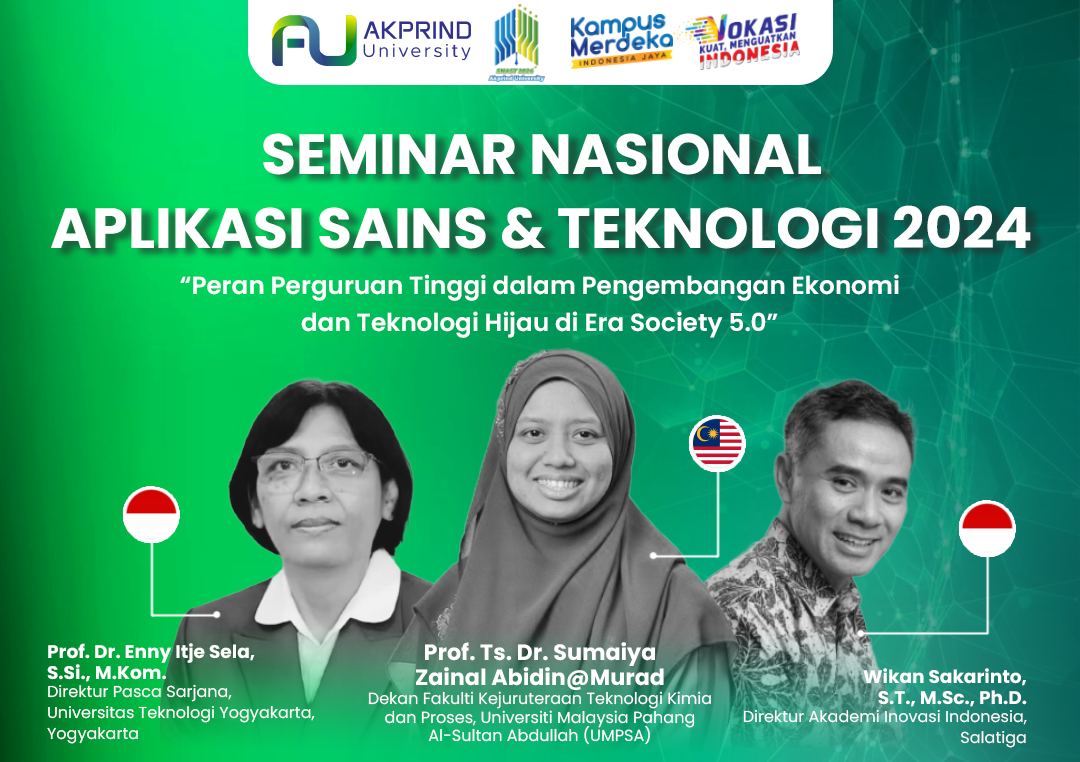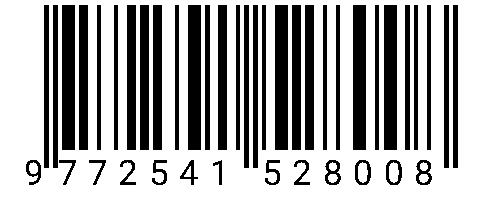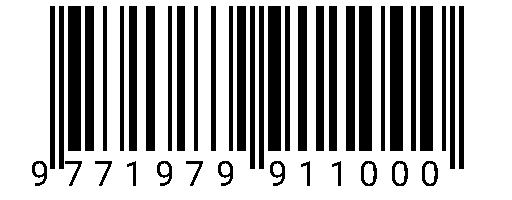PENGGUNAAN LARVA BLACK SOLDIER FLY UNTUK MEREDUKSI SAMPAH ORGANIK BUAH DAN SAYUR DENGAN MEMODIFIKASI UKURAN PAKAN DAN VARIASI SUHU
DOI:
https://doi.org/10.34151/prosidingsnast.v1i1.5010Keywords:
black soldier fly larvae, fruit and vegetable organic waste, oneway anova, Waste Reduction Index (WRI)Abstract
Waste is a complex problem and is faced by all countries in the world, including Indonesia. One of the regions that contributes the largest amount of waste in Indonesia is the Special Region of Yogyakarta Province. The amount of waste produced by the people of Yogyakarta in 2022 will reach 313,245,20 tonnes with the largest amount of waste generated being organic waste amounting to 20,000,00 kg. One alternative that can be used to deal with waste problems is the use of black soldier fly (BSF) larvae. BSF larvae can reduce organic fruit and vegetable waste. This research aims to determine which feed size variations and temperature variations are effective for BSF larvae in reducing organic fruit and vegetable waste. The research method used is experimental. The object of this research is organic fruit and vegetable waste at Bantengan Market, Banguntapan. The subjects in this research were BSF larvae. The independent variables in this research are feed size and temperature. The feed sizes used in this research were 0,4 mm, 0,6 mm, 0,8 mm, 1 mm and 1,5 mm while the temperatures used were 27 oC and 33 oC and the dependent variable in this research was larval effectiveness. BSF in reducing organic waste. The data analysis method uses one-way ANOVA and waste reduction index (WRI) tests. The parameters in this research are feed size, amount of organic waste reduced, and temperature.The results of this research show that BSF larvae can reduce fruit and vegetable organic waste with a WRI value percentage of 73,8% at a temperature of 27 oC and 75% at a temperature of 33 oC. The variation in feed size that is effective for BSF larvae in reducing fruit and vegetable organic waste is feed size A (0,4 mm). The effective temperature variation for BSF larvae is 33 oC.
References
Akmal, M. (2022). Studi Laju Proses Reduksi Sampah Organik Menggunakan Larva BSF (Black Soldier Fly) Studi Kasus Limbah Rumah Makan. Universitas Islam Negeri Ar-Raniry.
Čičková, H., Newton, G. L., Lacy, R. C., & Kozánek, M. (2015). The use of fly larvae for organic waste treatment. Waste Management, 35, 68–80.
Darmawan, M., Sarto, S., & Prasetya, A. (2017). Budidaya Larva Black Soldier Fly (Hermetia Illucens.) Dengan Pakan Limbah Dapur (Daun Singkong).
Kasya, Y. M., Putri, F. E., & Siregar, S. A. (2023). Efektivitas Larva Maggot (Lalat Tentara Hitam/Black Soldier Fly) Sebagai Pengurai Sampah Organik Rumah Tangga. Jurnal Ilmu Kedokteran Dan Kesehatan, 10(8), 2563–2570.
Monita, L., Sutjahjo, S. H., Amin, A. A., & Fahmi, M. R. (2017). Pengolahan sampah organik perkotaan menggunakan larva Black Soldier Fly (Hermetia illucens). Jurnal Pengelolaan Sumberdaya Alam Dan Lingkungan (Journal of Natural Resources and Environmental Management), 7(3), 227–234.
Sistem Informasi Pengolahan Sampah Nasional (SIPSN. (2022). Timbulan Sampah.
Tomberlin, J. K., & Van Huis, A. (2020). Black soldier fly from pest to ‘crown jewel’of the insects as feed industry: an historical perspective. Journal of Insects as Food and Feed, 6(1), 1–4.
Triwandani, A., Purwaningrum, P., & Ruhiyat, R. (2023). Efektivitas Penguraian Sampah Organik Pasar Menggunakan Larva Black Soldier Fly. Jurnal Serambi Engineering, 8(2).
UU No 18 Tahun, 2008. (2008). Undang-undang No. 18 Tahun 2008 Tentang Pengelolaan Sampah.
Downloads
Published
Issue
Section
License
Copyright (c) 2024 Yuli Pratiwi

This work is licensed under a Creative Commons Attribution-ShareAlike 4.0 International License.







